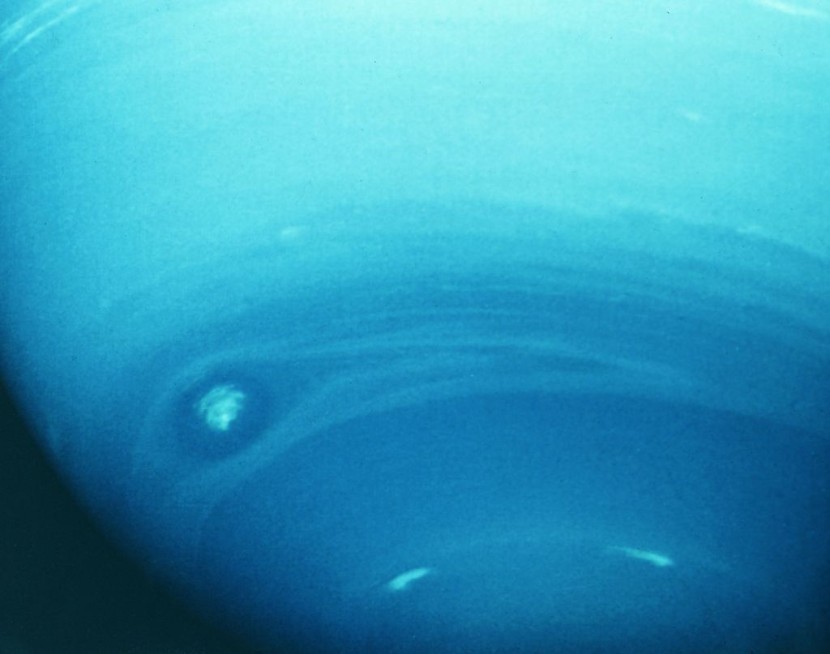New images released by the University of Oxford reveal the true colors of the gas planets Uranus and Neptune are way closer than scientists previously perceived.
A research led by Oxford Department of Physics professor Patrick Irwin was published in the Monthly Notices of the Royal Astronomical Society on Friday (Jan. 5). In it, Irwin and his team found that both planets share a similar shade of greenish blue instead of the perceived lighter cyan of Uranus and the darker azure of Neptune.

Unlike astronomers, who have long known that most modern images of the two planets do not accurately reflect their true colors as they were the by-products of NASA's Voyager 2 spacecraft and the fact that they were recorded in separate colors, the common perception about the two planets have been established and was only changed upon the study's publication.
The single-color images were later recombined to create composite color images, which were not always accurately balanced to achieve "true" color image and - particularly for Neptune - were often made "too blue." Also, earlier Neptune images from Voyager 2 were strongly contrast-enhanced to better reveal the clouds, bands, and winds that shape the modern perspective of the planet.
Read Also: NASA's James Webb Could Find Aliens, Claims New Study-Here's What Space Experts Suggest
With a Little Help from Space Telescopes
The study's researchers used data collected from the Hubble Space Telescope's Space Telescope Imaging Spectrograph (STIS) and the Multi Unit Spectroscopic Explorer (MUSE) on the European Southern Observatory's Very Large Telescope. For both instruments, each pixel is a continuous spectrum of colors, meaning that STIS and MUSE observations could be unambiguously processed to determine the true apparent color of Uranus and Neptune.
Irwin and his team used the data to rebalance the composite color images recorded by Voyager 2's camera, as well as Hubble's Wide Field Camera 3 (WFC3), and come up with a more similar shade of greenish blue. The only main difference was that Neptune had a slight hint of additional blue, which the model revealed to be a thinner haze layer on the planet.
As for Uranus, the study also revealed how the planet's unusual near-sideway spin affects the planet's color. It is because Uranus's polar regions were more reflective at green and red wavelengths than at blue ones due to the presence of methane, a red-absorbing gas that is half as abundant near the poles as the equator.
© 2026 HNGN, All rights reserved. Do not reproduce without permission.








